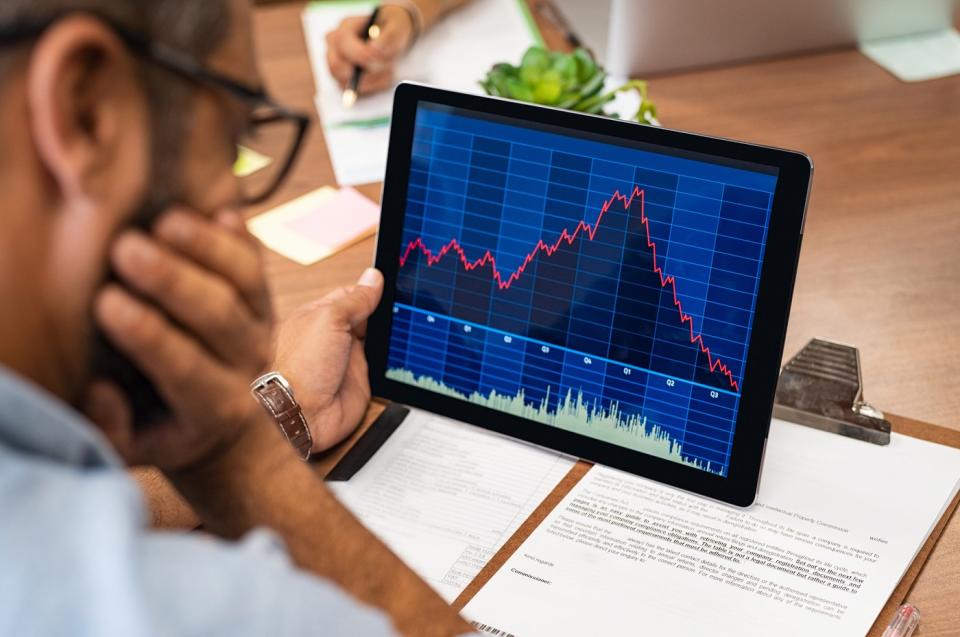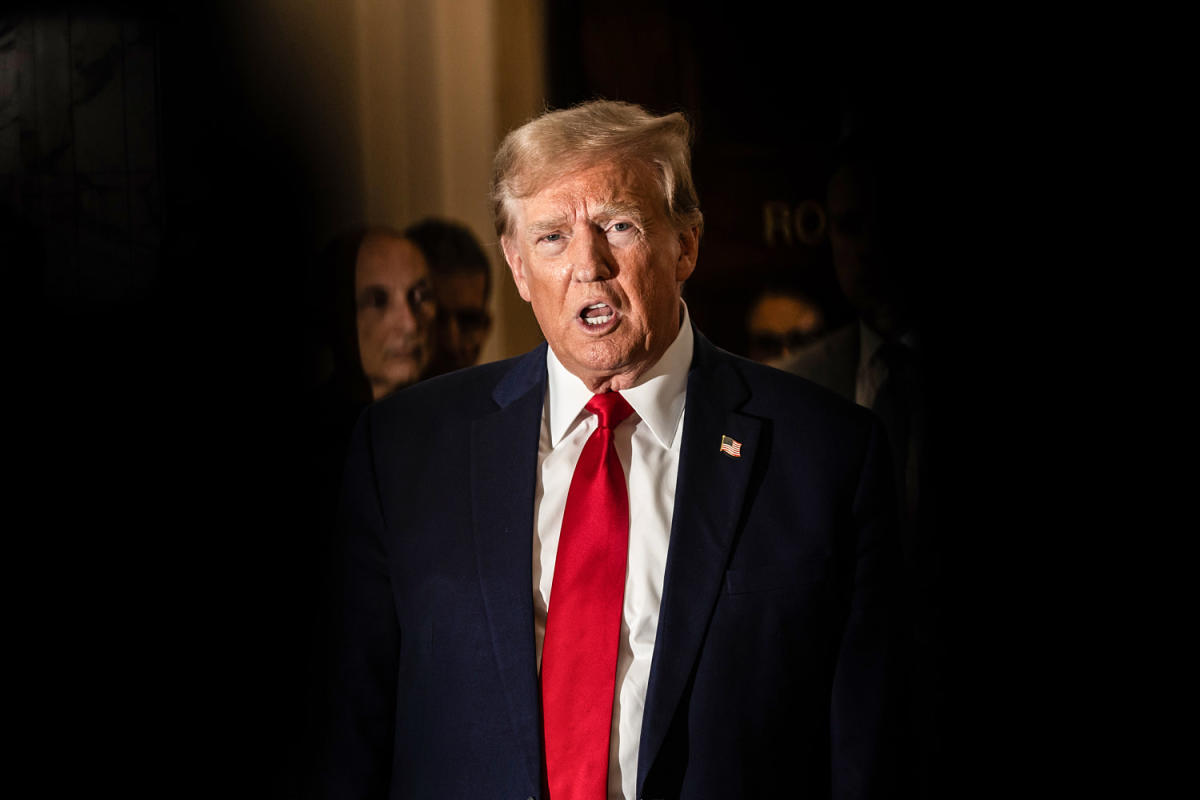Three decades ago, the growth arc for the U.S. and global economy was changed forever by the advent of the internet. Though there have been numerous next-big-thing trends and highly touted innovations that have attempted to follow in its footsteps, none have come close to matching what the internet did for businesses — until now.
The rise of artificial intelligence (AI) is viewed by some pundits as the most important step forward in innovation since the internet became mainstream. When discussing “AI,” I’m talking about the use of software and systems for tasks that would normally be overseen or undertaken by humans. Most importantly, these software and systems are being given the tools to learn and evolve over time without human intervention, which opens endless possibilities in virtually all sectors and industries.
Just how big is the global AI opportunity? Last year, researchers at PwC released a report (“PwC’s Global Artificial Intelligence Study: Exploiting the AI Revolution”) that estimated AI would add $15.7 trillion to the worldwide economy by the turn of the decade. This otherworldly figure would be derived by a combination of increased productivity ($6.6 trillion) and consumption-side effects ($9.1 trillion).
Wall Street and investors aren’t going to ignore numbers this massive, which is why AI juggernaut Nvidia (NASDAQ: NVDA) has been practically unstoppable since 2023 began.
On paper, AI titan Nvidia has been flawless
In a little over 17 months, Nvidia’s stock has gained more than 700% and tacked on over $2.6 trillion in market value. Last week, the company briefly surpassed Apple to become the second-largest publicly traded company in the U.S., and on Friday, June 7, following the closing bell, Nvidia completed a 10-for-1 forward-stock split. This marks its second stock split since July 2021.
Although Nvidia has multiple operating segments, its lightning-quick growth rate has been entirely fueled by the sale of high-powered graphics processing units (GPUs) used in AI-accelerated data centers.
Nvidia’s H100 GPU has become the go-to choice for businesses wanting to train large language models and run generative AI solutions in their high-compute data centers. According to technology and consulting firm Jon Peddie Research, Nvidia clocked in with an 88% share of the AI-GPU market in the first quarter.
Utter dominance in the hottest innovation since the internet became mainstream has its advantages. With demand for the company’s GPUs handily outpacing supply — even the company’s next-generation Blackwell chip is believed by some Wall Street analysts to be sold out well into 2025 — Nvidia has been able to meaningfully increase its price points and pump up its margins. As of April 28 (the close of Nvidia’s fiscal first quarter), the company’s gross margin clocked in at an almost unbelievable 78.4%.
Nvidia is clearly benefiting from its first-mover advantages and the fact that world-leading chip fabrication company Taiwan Semiconductor Manufacturing has boosted its chip-on-wafer-on-substrate capacity to allow Nvidia to progressively sell more of its AI-accelerating chips.
But while Nvidia has been effectively flawless on paper, it’s fighting an uphill battle against history, which suggests it’s going to eventually plunge by at least 50%, if not more.

Over three decades, history has also been flawless when it comes to next-big-thing innovations
As I alluded earlier, there have been no shortage of next-big-thing trends, technologies, and innovations that were expected to be the greatest thing sliced bread. Many of these trends have had a leading stock or two that ascended to the heavens.
The problem is that all of these innovations share a common trend: a bubble-bursting event. Both professional and everyday investors have a habit of overestimating the adoption and/or utility of new technologies. As a result, these buzzy innovations and trends are effectively set up for failure from the get-go.
Don’t believe me? Let’s take a walk down memory lane…
-
Cisco Systems and Amazon were widely viewed as leaders of the dot-com revolution. When the dot-com bubble burst, Cisco and Amazon shed around 90% of their respective value, relative to their pre-dot-com-bubble all-time high. Although the internet, network infrastructure, and e-commerce have been wildly successful, these innovations all needed time to mature.
-
Genome decoding companies Celera and Human Genome Sciences blasted out of the gate in the late 1990s and delivered eye-popping gains to investors with the promise of unlocking the secrets of the human genome at a lower cost. But, once again, the technology wasn’t cheap enough, nor ready for mainstream application. Both companies would eventually plummet from their record highs before being acquired.
-
3D printing stocks like 3D Systems and Stratasys were all the rage from 2011 through 2013 with the expectation that 3D printing systems would become a hot-ticket item for consumers. Unfortunately, this consumer element failed to materialize, resulting in 3D Systems and Stratasys losing close to 95% of their value.
-
Blockchain technology was another hot-button innovation that, in the mid-2010s, was expected to take Wall Street by storm and revolutionize everything from banking to supply chain tracking. But after many years, blockchain still has minimal real-world utility. Since cryptocurrencies and blockchain tend to go hand in hand, Coinbase Global, and the nearly 90% decline it endured, exemplify another next-big-thing trend that had its bubble burst.
-
Electric vehicles (EVs) were expected to make internal-combustion engine vehicles a thing of the past. Even though industry leader Tesla is profitable, EV demand has notably fallen off as consumers have become skeptical of the current landscape of charging infrastructure. Shares of Tesla have backed off as much as 75% from their peak.
This list goes on, but I’m going to spare you from the full catalog of industry-leading companies in purportedly can’t-miss innovations that eventually shed between 50% and 99% of their value.
At no point over the last 30 years has there been a next-big-thing trend that’s avoided a bubble-bursting event. Though Nvidia is flawless on paper, history has an even longer track record of not being wrong.
Were this not enough, Nvidia is set to face a big-time uptick in external and internal competition in the current and following calendar year. Both Intel and Advanced Micro Devices are rolling out AI-GPUs designed to target Nvidia’s H100 GPU in high-compute data centers. Even if Nvidia’s chips retain a compute advantage, the mere presence of these competing GPUs will reduce the scarcity that’s allowed Nvidia to ramp up the price of its hardware.
Furthermore, Nvidia’s top four customers, which account for approximately 40% of its net sales, are internally developing GPUs for their AI data centers. Even if these chips are just complementary to the H100 GPUs ordered from Nvidia, it likely signals a peak in reliance on Nvidia’s products.
While pinpointing a top is impossible, the historic data suggests Nvidia is eventually going to lose more than 50% of its value.
Should you invest $1,000 in Nvidia right now?
Before you buy stock in Nvidia, consider this:
The Motley Fool Stock Advisor analyst team just identified what they believe are the 10 best stocks for investors to buy now… and Nvidia wasn’t one of them. The 10 stocks that made the cut could produce monster returns in the coming years.
Consider when Nvidia made this list on April 15, 2005… if you invested $1,000 at the time of our recommendation, you’d have $740,886!*
Stock Advisor provides investors with an easy-to-follow blueprint for success, including guidance on building a portfolio, regular updates from analysts, and two new stock picks each month. The Stock Advisor service has more than quadrupled the return of S&P 500 since 2002*.
*Stock Advisor returns as of June 10, 2024
John Mackey, former CEO of Whole Foods Market, an Amazon subsidiary, is a member of The Motley Fool’s board of directors. Sean Williams has positions in Amazon and Intel. The Motley Fool has positions in and recommends Advanced Micro Devices, Amazon, Apple, Cisco Systems, Coinbase Global, Nvidia, Taiwan Semiconductor Manufacturing, and Tesla. The Motley Fool recommends 3d Systems and Intel and recommends the following options: long January 2025 $45 calls on Intel and short August 2024 $35 calls on Intel. The Motley Fool has a disclosure policy.
Prediction: Artificial Intelligence (AI) Leader Nvidia Is Going to Plunge by More Than 50% was originally published by The Motley Fool
Signup bonus from




